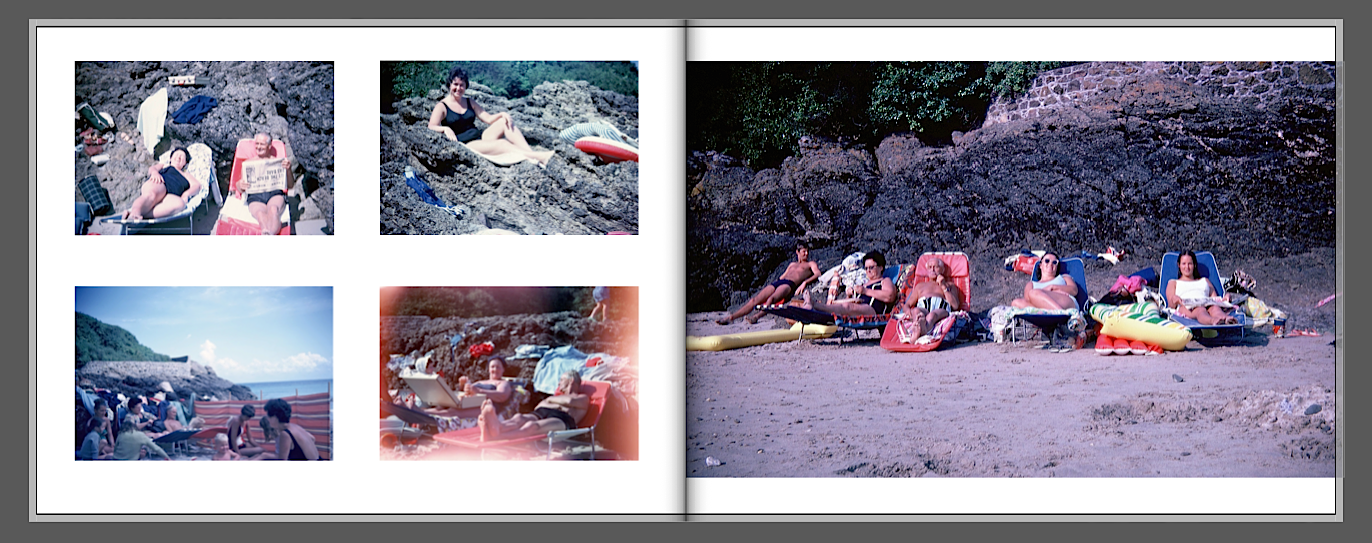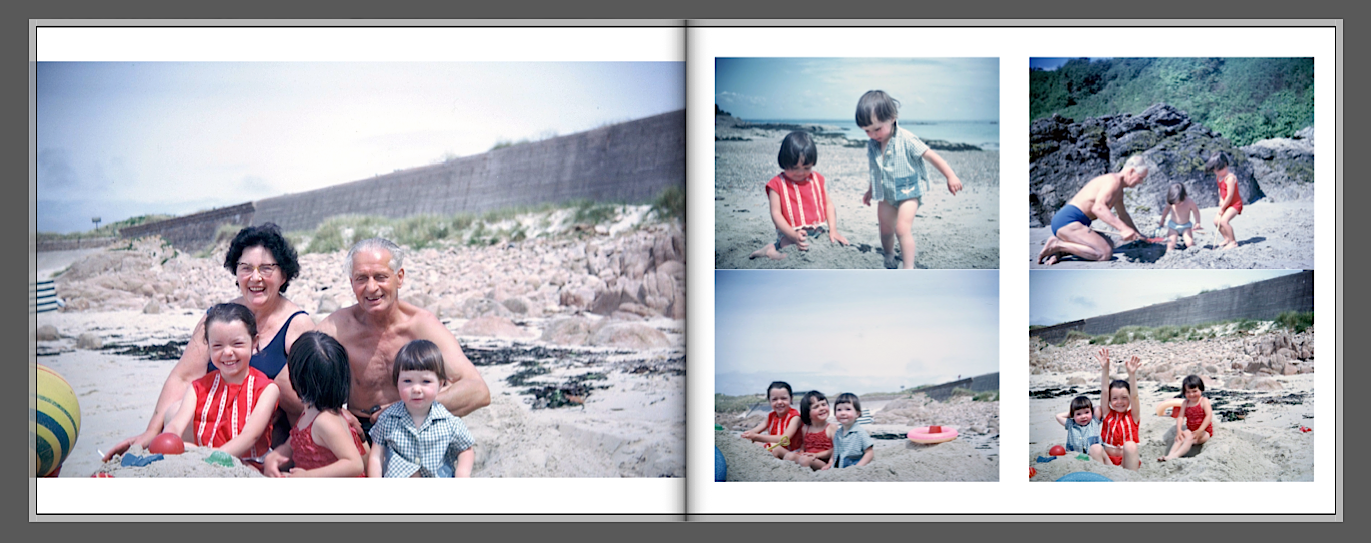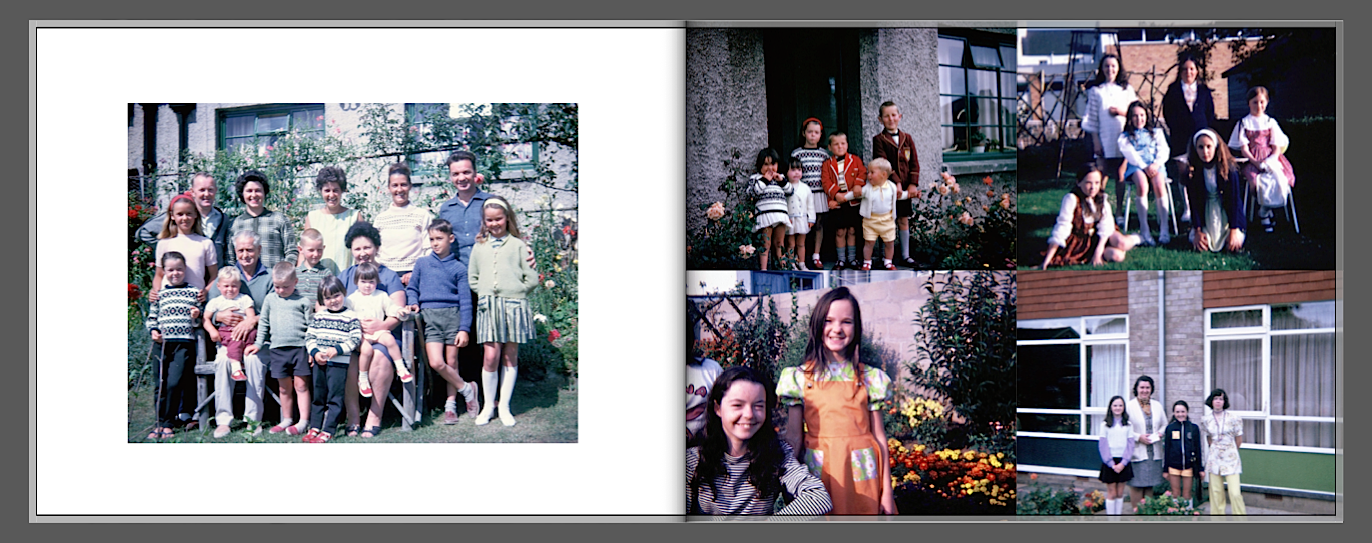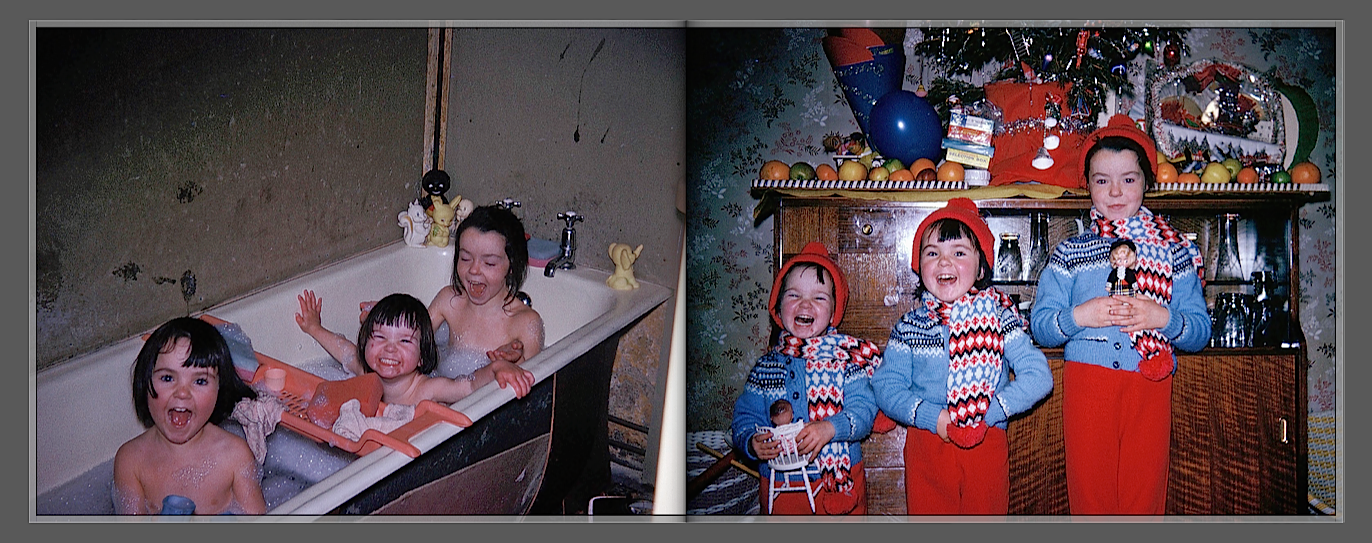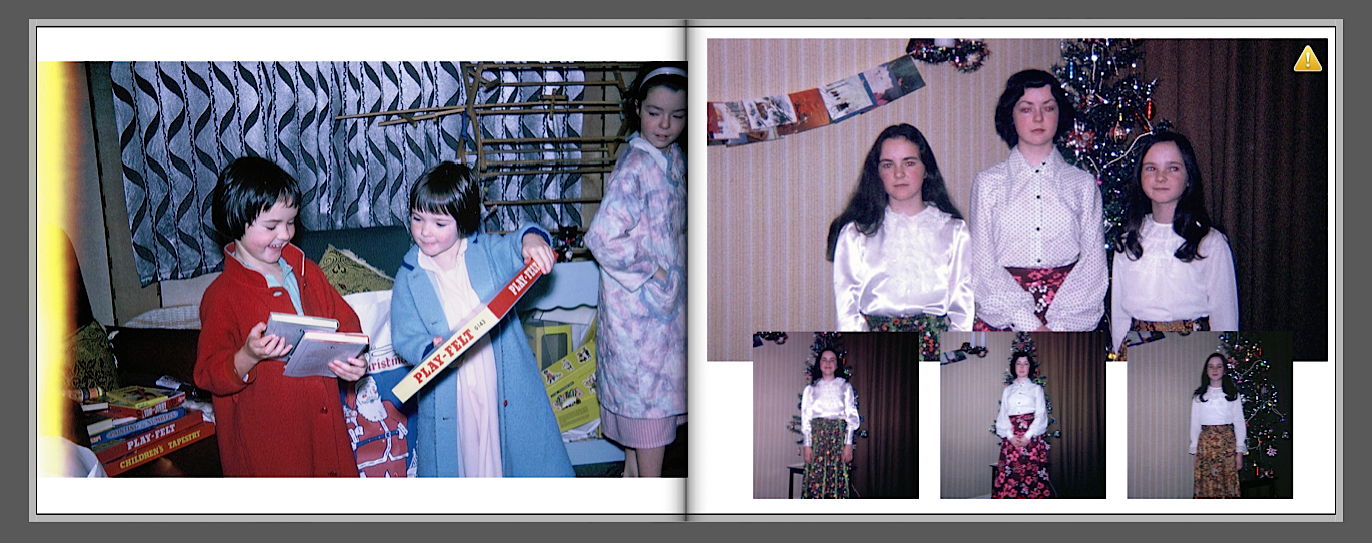What is this series all about?

‘Food’ is a photo-book by Henk Wildschut published in 2013
In this series Wildschut goes on an investigative journey, exploring the everyday happenings and occurrences of a meat processing factory. Wildschut visits every single part of the factory, ranging from the inside of the slaughter room to the staff showers and canteen.
The inspiration Wildschut took in the making of this book was to find out the truth of what goes on in a factory farm; gaining first-hand an understanding of an industry which is so often scrutinised. Wildschut did not want to just accept the often credited view of a meat processing factory being cruel, barbaric and horrendous – he wanted to come up with this judgement himself.
On the other hand Wildschut has had himself, many concerns and preconceptions of factory farming. This process was a journey of realisation, of which he now although not completely swayed by this method of farming has become more reassured and accepting of the entire industry.
Wildschhutch summarising his experiences …
“Few subjects generate as much discussion as the subject of food. Such discussion is increasingly marked by suspicion and pessimism about how our food is produced. Two years ago, when I was asked to make an in-depth study of the subject of Food for de Rijks Museum in Amsterdam. I was full of preconceptions about the food industry. I saw it as dishonest, unhealthy and unethical. More than that, it was contributing to the decline of our planet, unlike in the good old days, and I felt that the magic word ‘organic’ was going to solve everything. So when I embarked on this project, my first impulsive reaction was to bring to light all the misunderstandings about food once and for all.
After two years of research and photography I realized that the discourse on food production can be infinitely refined and that this often puts supposed advantages and disadvantages in a new light. Scaling-up can actually enhance animal welfare, for example, and organic production is not always better for the environment. Often, an excessively one-sided approach to the subject of food is a barrier to real solutions. Food is simply too wide-ranging and complex a subject for one-liners or to be describing in terms of black and white”.
Layout of the Book
The result of this investigation is a 143 detailed photographic study of the factory, looking not just at the side of meat processing but a general overview into the everyday happenings; how it is maintained and its extensive visual layout. All of the images are accompanied by a simple caption outlining what is going on. All of the images are then explained on the index page in the back of the book.
There is also a contents page at the start, very much giving the feeling of a structured and ordered journey. As this page outlines, the narrative is split up into three chapters, all with a similar amount of images.
- Source
- Protocol
- System
- Location
- Product
- Hygiene
Index Page at the end provides an interesting overview of images. It serves to Further contextualises the images, and adds to the scientific, investigative nature of the story, thus enhancing its status as ‘documentary’ work.

It is useful to include at the end because it helps the reader to know what it going on, compensating for the ‘jumpy’ narrative progression.
My impression of the narrative and images
The overall style of this book is very objective and clinical in approach. In contrast to ‘Common Sense’ by Martin Parr, the mood of the images are of a lower energy, due to the appearance of bleaker and cooler colours, such as green, grey, white and pale blue. This gives the work a more reflective feel, as there is not as much energy given off from the colours. I find that this style is appropriate given the circumstances and manner. It simply would not work in a visual sense to use bright, colourful and upbeat images looking at the entrapment and death of animals, let alone in their thousands.
This cold and sombre mood gives a sense of slight distance and hostility. My impression would be that the photographer is attempting to express/deliver a message, perhaps a symbolisation of his uneasiness/personal conflict of exploiting this place to his artistic advantage.


Structure of the Narrative: The narrative starts of very calm and measured in approach, very simple images of the facilities and equipment within the factory, a few of the animals, along with a few portraits of workers and staff. The narrative begins at about one quarter-one third of the way in to become slowly more heavy and graphic in what is being represented; gradually introducing aspects such as slaughtering equipment, chicks being de-beaked/separated and slabs of meat. The reality of the location and its happening really start to become apparent to the viewer at this point and the viewer is able to gain a very clear understanding of what is going on by about page 70.


Around the period of page 70-110 is when the narrative is at its peak in terms of liveliness, and goriness. A prime example in this is the image ‘Semi-finished’ on page 105, showing around about 50 chicks looking distressed and they are swept to the ground via a conveyor belt, ready to be sorted for their short life in a factory farm. It is this image which in my view summarises the main drawback of a factory farm – the mechanical way in which hundreds of young animals will die, simply as mere statistics. Such images are one which the viewer remembers the most, and are often inclined to make them angry or upset.

The ‘Product’ Chapter is the peak chapter in terms of context and activity. It is the chapter which in my opinion would have the most effect on the viewer.
Captions
The captions which are featured throughout the course of the narrative are helpful in guiding the story along. They provide a brief degree of context without directly influencing the viewer. The captions also help to create some degree of narrative flow by linking the two images together, sometimes through similarity and other times through difference.
Overall
This photo-book is extremely interesting. It gives a balance view of factory farming and the images are interesting and revealing.







